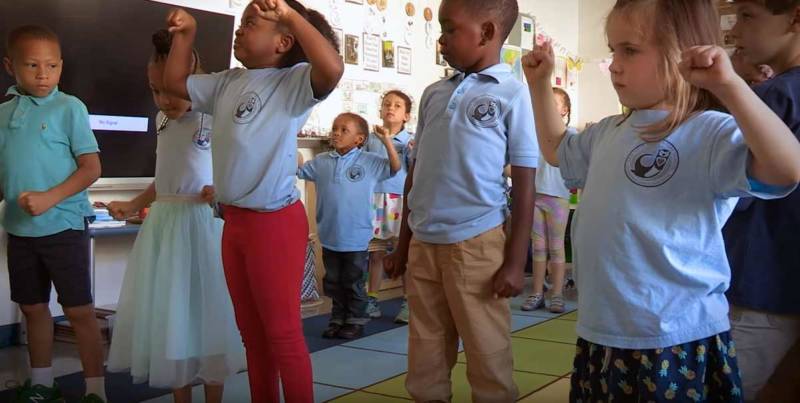For many kids, sitting still all day in school is a big challenge, which is why movement breaks are good practice, whether it's in elementary school or high school. Additionally, learning science shows us that movement activates the brain and improves cognition.
"This idea of children sitting for long periods of time, they aren’t naturally wired to do that," said Dr. Pamela Cantor, Founder and Chief Science Advisor of Turnaround for Children in an Edutopia video series on the science of learning. "So rather than put them in a position where they have to act out to demonstrate that they need to be able to move, building in movement breaks means that they will get some of the stress relief, some of the energy release that they need in order to be able to get calm again and pay attention to learning."
And for students who come to school having experienced some form of trauma, movement is even more important.
"If we do have a certain percentage of kids with toxic stress, they have high amounts of cortisol and the way to release that is through physical movement," said Cynthia Robinson-Rivers, head of school at Van Ness Elementary school in Washington, D.C.


